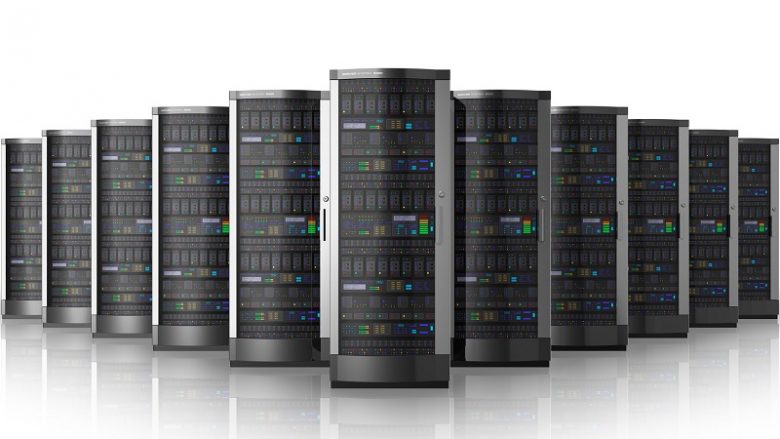What are the different types of servers?
A server is a device (most likely a computer) on a network that manages resources that more people log on every day. These resources can include applications, databases, files, Web sites and other resources. Servers are often more potent than regular computers to support faster devices and large storage capacity. There are different types of servers that can be used in an office, school or home.
Proxy Server
A proxy server is an application or computer system that acts as an intermediary between two computers: one that is looking for information or resources and one that provides the information. The first computer connects to the proxy and requires access to files, links, web pages, applications or other resources. The proxy, using the filter as an IP address or protocol, validate the request. The proxy then sends the data from the computer you are asking for resources. Most proxy servers are on connecting a computer to the Internet.
Print Servers
A print server is constituted by a computer or a device that is connected to several printers and other computers within a network. The printer server accepts print requests from other computers in the network and sends these requests the correct printer. This allows computers that are not physically connected to a printer to print jobs wirelessly. Modern print servers can connect multiple printers to a local area network (LAN) or Wi-Fi to allow remote computers to connect using a wireless router.
Mail Server
E-mail servers are used by businesses to a regular e-mail sent to employees. An email server acts as an outgoing client and server recovery inlet, commonly using the simple mail transfer protocol (SMTP). When an e-mail address on the server receives an e-mail from another server, the two mail server interact. The incoming mail server allows you to filter the email to ensure that its content is suitable for delivery.
Media Server
Media Server is used for streaming audio and video on computers using an Internet connection. The servers enable media-centric companies to transfer files that have a high bandwidth. Most multimedia servers have a hardware configuration with multi-core processing power and large amounts of random access memory (RAM). Servers often host their audio and video in a Web proxy server cluster. Therefore, when you receive the audio or video, often receive multiple streams of the same content.


Leave a Comment